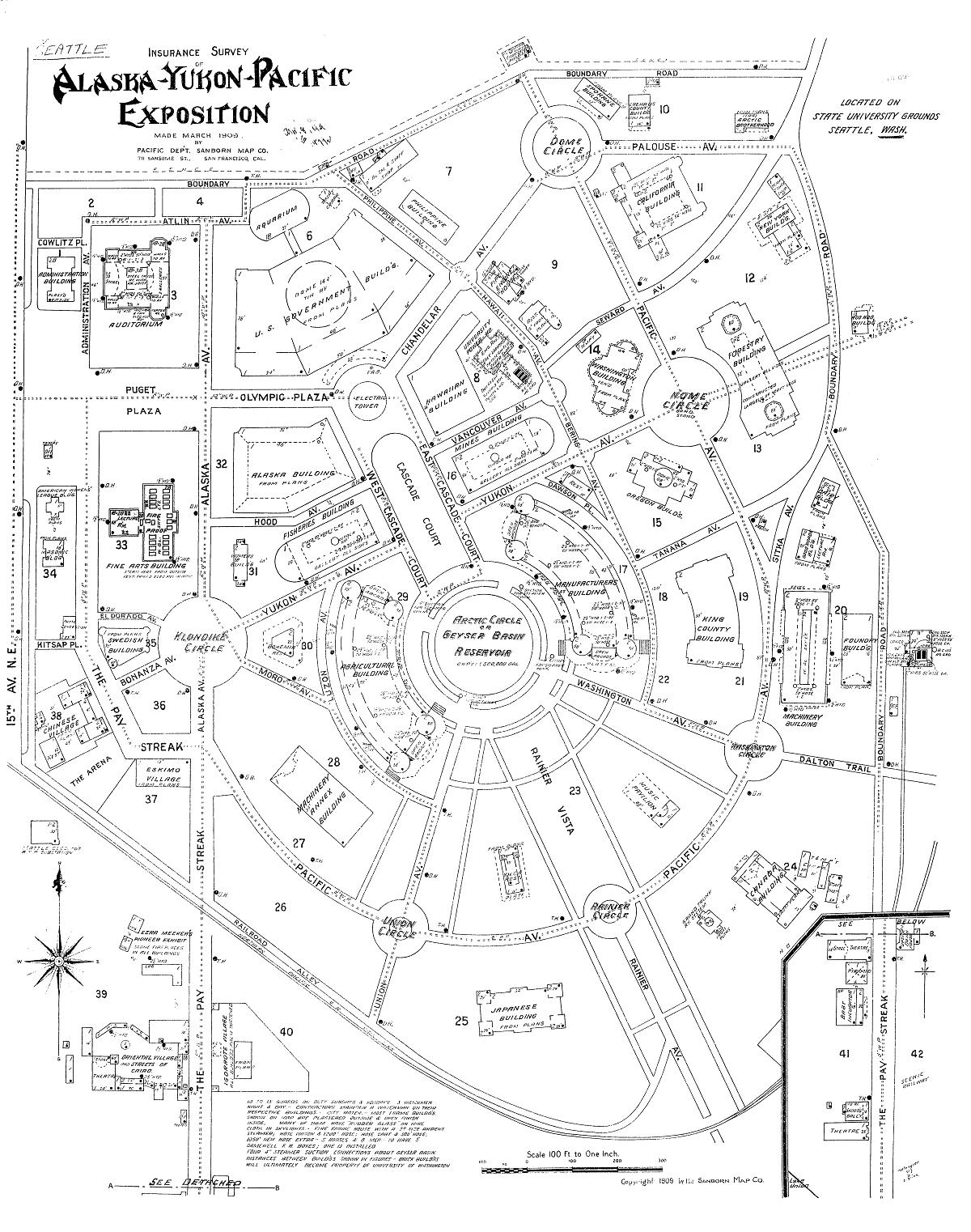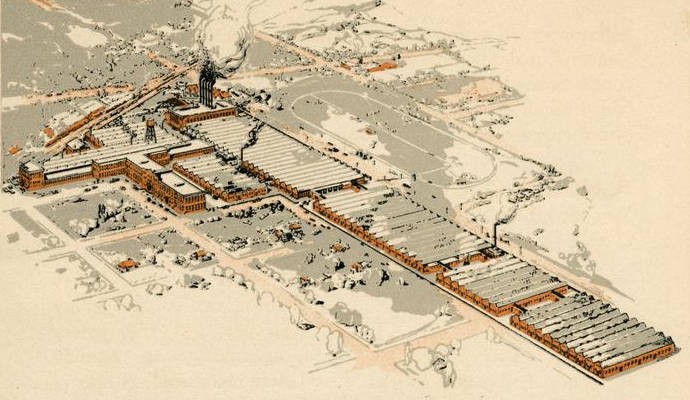|
Henry Kailimai
Henry K. Kailimai Sr. (1882 – February 7, 1948) was a Native Hawaiians, Hawaiian musician, composer, and bandleader who first received attention after his band performed at the Panama–Pacific International Exposition in 1915, becoming among the first musicians to showcase Hawaiian music to mainland American audiences on a large scale. His song "On the Beach at Waikiki", which he performed at the exposition, found commercial success in the mainland United States, becoming one of the first Hawaiian songs to do so. His music attracted the attention of the business magnate Henry Ford, who hired Kailimai and his group as official musicians for the Ford Motor Company. Kailimai moved to Detroit to fill the role, where he lived until his death in 1948. Early life Kailimai was born in 1882 to William Henry and Kaaipelana Kailimai. He was born on the island of Oahu, Hawaii. In 1902, Kailimai married Louisa Opu; they had eight children, many of whom eventually became accomplished musi ... [...More Info...] [...Related Items...] OR: [Wikipedia] [Google] [Baidu] |
Oahu, Hawaii
Oahu (, , sometimes written Oahu) is the third-largest and most populated island of the Hawaiian Islands and of the U.S. state of Hawaii. The state capital, Honolulu, is on Oahu's southeast coast. The island of Oahu and the uninhabited Northwestern Hawaiian Islands constitute the City and County of Honolulu. In 2021, Oahu had a population of 995,638, up from 953,207 in 2010 (approximately 70% of the total 1,455,271 population of the Hawaiian Islands, with approximately 81% of those living in or near the Honolulu urban area). Oahu is long and across. Its shoreline is long. Including small associated islands such as Ford Island plus those in Kāneohe Bay and off the eastern (windward) coast, its area is , making it the 20th-largest island in the United States. Well-known features of Oahu include Waikīkī, Pearl Harbor, Diamond Head, Hanauma Bay, Kāneohe Bay, Kailua Bay, and the North Shore. Name The Island of Oahu is often nicknamed (or translated as) "The Gathe ... [...More Info...] [...Related Items...] OR: [Wikipedia] [Google] [Baidu] |
Alaska–Yukon–Pacific Exposition
The Alaska–Yukon–Pacific Exposition, acronym AYP or AYPE, was a world's fair held in Seattle in 1909 publicizing the development of the Pacific Northwest. It was originally planned for 1907 to mark the 10th anniversary of the Klondike Gold Rush, but the organizers learned of the Jamestown Exposition being held that same year and rescheduled. The fairgrounds were hosted on an undeveloped portion of the present day Campus of the University of Washington, campus of the University of Washington. Planning Godfrey Chealander proposed the idea for the fair. Chealander was then Grand Secretary of the Arctic Brotherhood, was involved in the Alaska Territory exhibit at the 1905 Lewis and Clark Exposition in Portland, Oregon, Portland, Oregon. Originally, he pitched William Sheffield of the Alaska Club and James A. Wood, city editor of the ''Seattle Times'' on the idea of a permanent exhibit in Seattle about Alaska. This merged with Wood's desire for an exposition to rival Portlan ... [...More Info...] [...Related Items...] OR: [Wikipedia] [Google] [Baidu] |
Mandolin
A mandolin (, ; literally "small mandola") is a Chordophone, stringed musical instrument in the lute family and is generally Plucked string instrument, plucked with a plectrum, pick. It most commonly has four Course (music), courses of doubled Strings (music), strings tuned in unison, thus giving a total of eight strings. A variety of string types are used, with steel strings being the most common and usually the least expensive. The courses are typically tuned in an interval of perfect fifths, with the same tuning as a violin (G3, D4, A4, E5). Also, like the violin, it is the soprano member of a Family (musical instruments), family that includes the mandola, octave mandolin, mandocello and mandobass. There are many styles of mandolin, but the three most common types are the ''Neapolitan'' or ''round-backed'' mandolin, the ''archtop'' mandolin and the ''flat-backed'' mandolin. The round-backed version has a deep bottom, constructed of strips of wood, glued together into a bowl. Th ... [...More Info...] [...Related Items...] OR: [Wikipedia] [Google] [Baidu] |
Sales Clerk
A retail clerk, also known as a sales clerk, shop clerk, retail associate, or (in the United Kingdom and Ireland) shop assistant, sales assistant or customer service assistant, is a service role in a retail business. A retail clerk obtains or receives merchandise, totals bills, accepts payment, takes orders, and makes change for customers in retail stores such as drugstores, candystores, or liquor stores (thus, the position may partially overlap with that of a cashier or teller). They clean shelves, counters, or tables; stock shelves or tables with merchandise; set up advertising displays or arrange merchandise on counters or tables to promote sales; stamp, mark, or tag prices on merchandise; and obtain merchandise requested by customers or receive merchandise selected by customers. They are expected to answer customers' questions concerning location, price, and use of merchandise; to total the price and tax on merchandise purchased by customers to determine a bill; and to accept ... [...More Info...] [...Related Items...] OR: [Wikipedia] [Google] [Baidu] |
Auto Industry
The automotive industry comprises a wide range of companies and organizations involved in the design, development, manufacturing, marketing, selling, repairing, and modification of motor vehicles. It is one of the world's largest industries by revenue (from 16% such as in France up to 40% in countries such as Slovakia). The word ''automotive'' comes from the Greek ''autos'' (self), and Latin ''motivus'' (of motion), referring to any form of self-powered vehicle. This term, as proposed by Elmer Sperry (1860–1930), first came into use to describe automobiles in 1898. History The automotive industry began in the 1860s with hundreds of manufacturers pioneering the horseless carriage. Early car manufacturing involved manual assembly by a human worker. The process evolved from engineers working on a stationary car to a conveyor belt system where the car passed through multiple stations of more specialized engineers. In the 1960s, robotic equipment was introduced, and ... [...More Info...] [...Related Items...] OR: [Wikipedia] [Google] [Baidu] |
Midwestern United States
The Midwestern United States (also referred to as the Midwest, the Heartland or the American Midwest) is one of the four census regions defined by the United States Census Bureau. It occupies the northern central part of the United States. It was officially named the North Central Region by the U.S. Census Bureau until 1984. It is between the Northeastern United States and the Western United States, with Canada to the north and the Southern United States to the south. The U.S. Census Bureau's definition consists of 12 states in the north central United States: Illinois, Indiana, Iowa, Kansas, Michigan, Minnesota, Missouri, Nebraska, North Dakota, Ohio, South Dakota, and Wisconsin. The region generally lies on the broad Interior Plain between the states occupying the Appalachian Mountain range and the states occupying the Rocky Mountain range. Major rivers in the region include, from east to west, the Ohio River, the Upper Mississippi River, and the Missouri River. The 2020 ... [...More Info...] [...Related Items...] OR: [Wikipedia] [Google] [Baidu] |
Hapa Haole Music
Hapa haole music ( in Hawaiian language, Hawaiian) is a genre of Music of Hawaii, Hawaiian music which utilizes primarily English language, English lyrics with themes and instruments attributed to Hawaii, such as the ukulele and steel guitar. Although it has its beginnings in the early 20th century with influences from traditional Hawaiian music and American ragtime, the term "hapa haole" now comprises a wide variety of styles, including Swing music, swing, rock and roll, and Hip hop music, rap. It became greatly popular in the Contiguous United States, mainland United States in the 1910s, appealing to touristic perceptions of Hawaii as an exotic paradise. Description Etymology "Hapa, Hapa haole" is a Hawaiian term referring to someone of part-Hawaiian, part-foreign ancestry. It emerged after Christian missionaries in Hawaii introduced the term "half" to Hawaiians, which became "hapa" in Hawaiian. Style Hapa haole is described as Hawaiian music that uses primarily English ... [...More Info...] [...Related Items...] OR: [Wikipedia] [Google] [Baidu] |
Ferns
The ferns (Polypodiopsida or Polypodiophyta) are a group of vascular plants (plants with xylem and phloem) that reproduce via spores and have neither seeds nor flowers. They differ from mosses by being vascular, i.e., having specialized tissues that conduct water and nutrients, and in having life cycles in which the branched sporophyte is the dominant phase. Ferns have complex leaves called megaphylls that are more complex than the microphylls of clubmosses. Most ferns are leptosporangiate ferns. They produce coiled fiddleheads that uncoil and expand into fronds. The group includes about 10,560 known extant species. Ferns are defined here in the broad sense, being all of the Polypodiopsida, comprising both the leptosporangiate ( Polypodiidae) and eusporangiate ferns, the latter group including horsetails, whisk ferns, marattioid ferns, and ophioglossoid ferns. The fern crown group, consisting of the leptosporangiates and eusporangiates, is estimated to have origin ... [...More Info...] [...Related Items...] OR: [Wikipedia] [Google] [Baidu] |
Palm Trees
The Arecaceae () is a family of perennial, flowering plants in the monocot order Arecales. Their growth form can be climbers, shrubs, tree-like and stemless plants, all commonly known as palms. Those having a tree-like form are colloquially called palm trees. Currently, 181 genera with around 2,600 species are known, most of which are restricted to tropical and subtropical climates. Most palms are distinguished by their large, compound, evergreen leaves, known as fronds, arranged at the top of an unbranched stem, except for the Hyphaene genus, who has branched palms. However, palms exhibit an enormous diversity in physical characteristics and inhabit nearly every type of habitat within their range, from rainforests to deserts. Palms are among the best known and most extensively cultivated plant families. They have been important to humans throughout much of history, especially in regions like the Middle East and North Africa. A wide range of common products and foods are d ... [...More Info...] [...Related Items...] OR: [Wikipedia] [Google] [Baidu] |
Hana Hou!
''Hana Hou!'' is an American bi-monthly English language inflight magazine. It is published for Hawaiian Airlines by Honolulu-based NMG Network. ''Hana Hou!'' (which means '' encore!'' in the Hawaiian language Hawaiian (', ) is a critically endangered Polynesian language of the Austronesian language family, originating in and native to the Hawaiian Islands. It is the native language of the Hawaiian people. Hawaiian, along with English, is an offi ...) includes feature stories, interviews, travelogues and profiles, and ‘Best of the Islands’ and ‘Native Intelligence’ sections. The awards which the magazine has received include two in 2007 from the Hawaiian chapter of the Society of Professional Journalists, and many more before and since. ''Hana Hou!'' maintains extensive archives which include back issues going back as far as 2002 (Volume 5) on its website. While complimentary copies are provided on all Hawaiian Airlines flights, the magazine is also ... [...More Info...] [...Related Items...] OR: [Wikipedia] [Google] [Baidu] |
Jonah Kumalae
Jonah Kumalae (October 13, 1874 – May 6, 1940) was an American politician, businessman, publisher, ukulele manufacturer, and musician of ethnic Hawaiian origin. Though most noted for manufacturing and marketing his 'Gold Award' Kumalae Ukuleles from 1911 to 1940, he may be best remembered by Native Hawaiians, local Hawaiians for his purchase and relocation of the Spreckels Mansion, former home to Claus Spreckels, sugar industry magnate. In 1921, Kumalae purchased the three-story home with its noted square tower, and then had it relocated piece by piece to its final location on King Street, Honolulu. Early life In his younger years, Kumalae worked as a school teacher and agricultural farmer, and poi (food), poi manufacturer.'Hawaiian Ukulele and Guitar Makers' by John King, 2001. Ukulele manufacturer Kumalae is considered to be the most prolific ukulele manufacturer of his time, producing as many as 300 ukuleles per month at the peak of his business, or possibly as many as ... [...More Info...] [...Related Items...] OR: [Wikipedia] [Google] [Baidu] |




